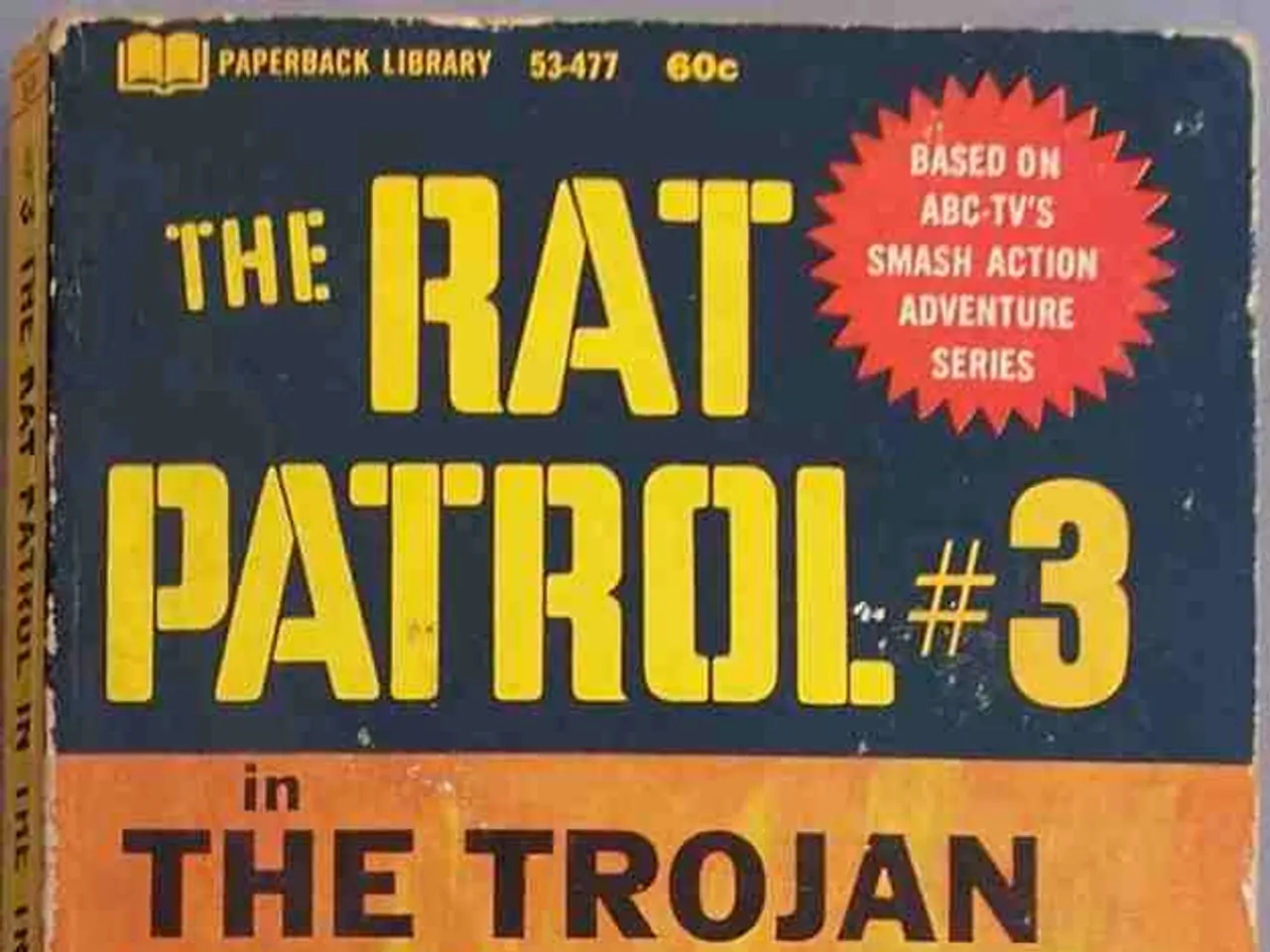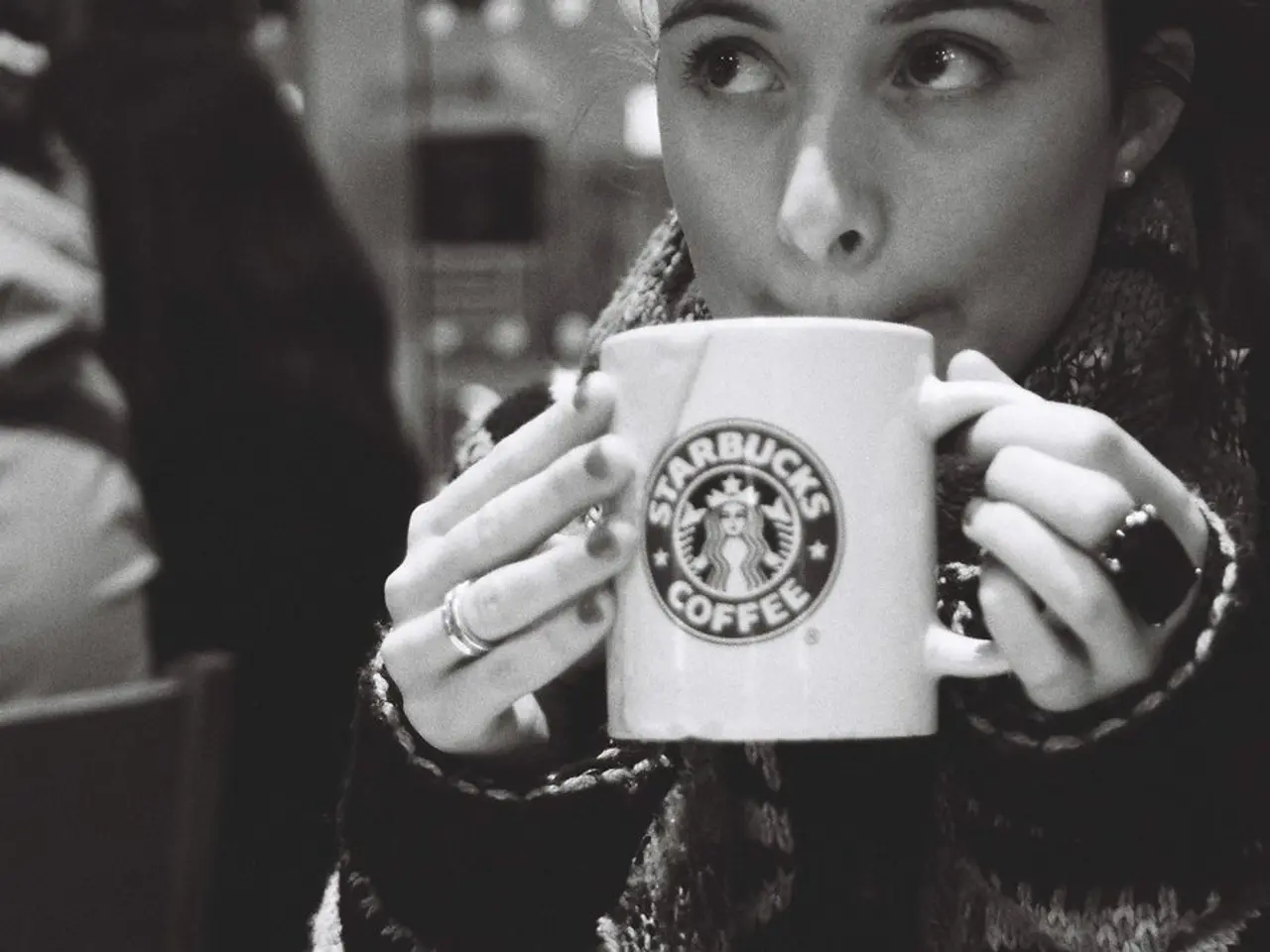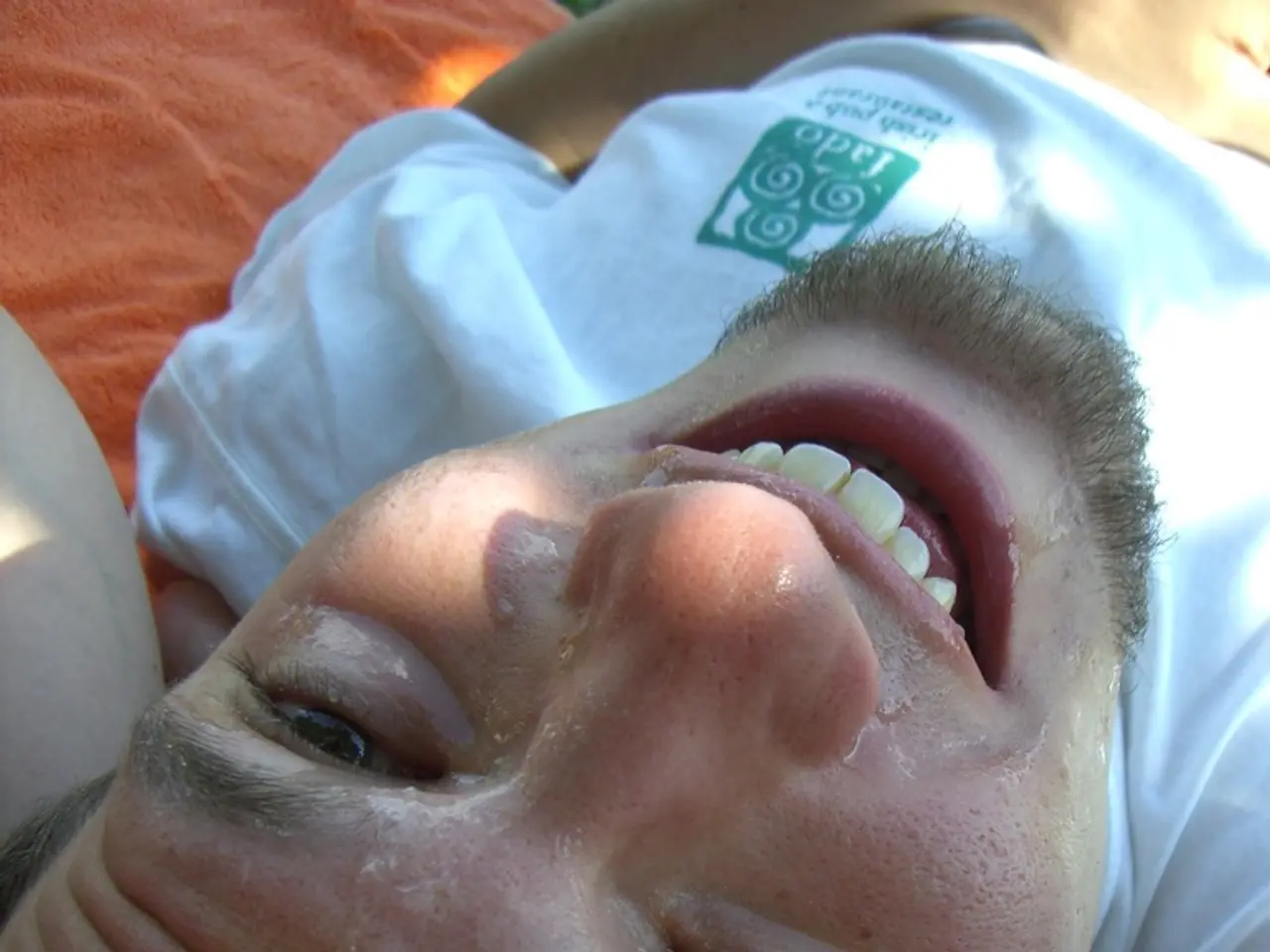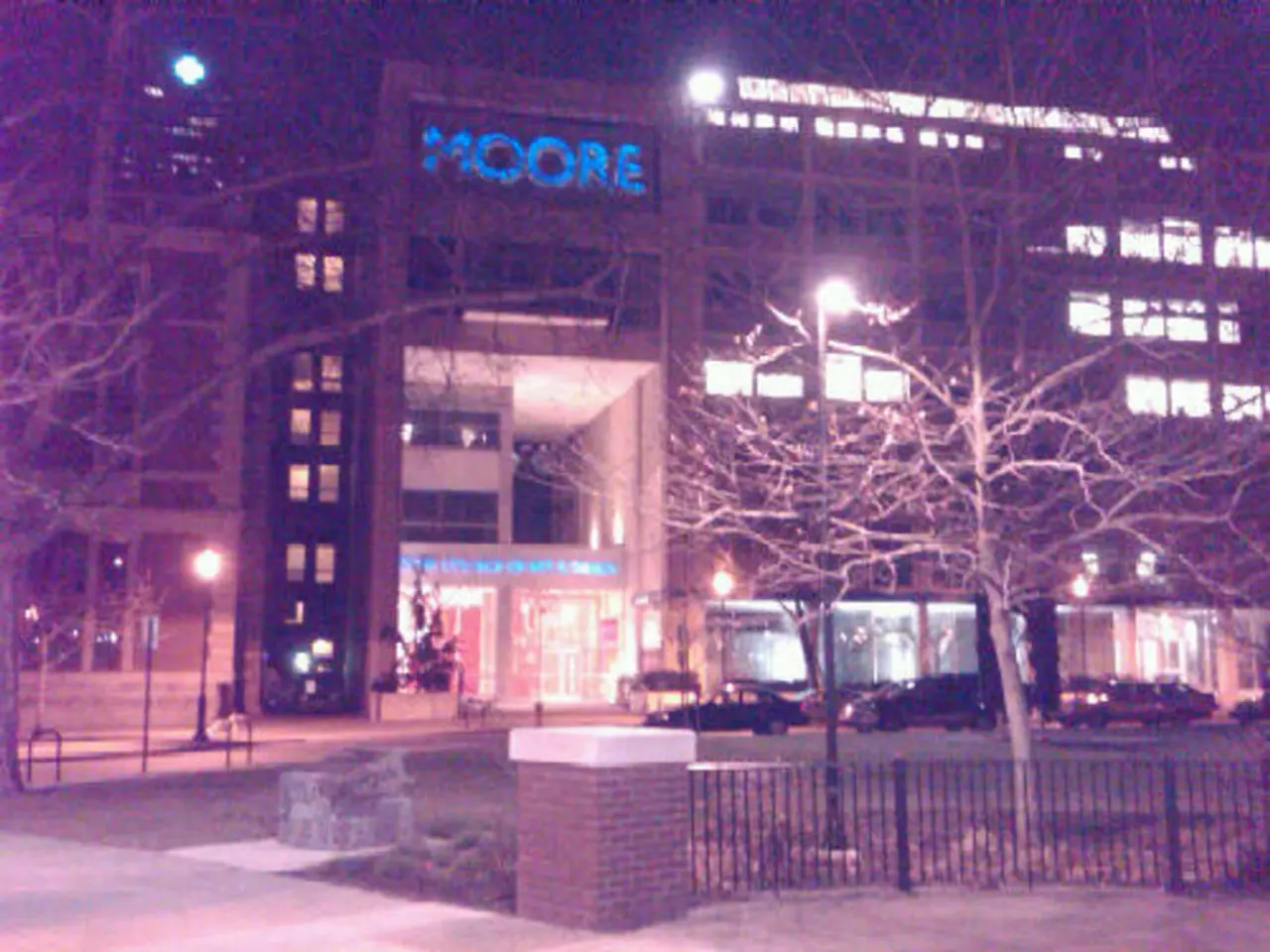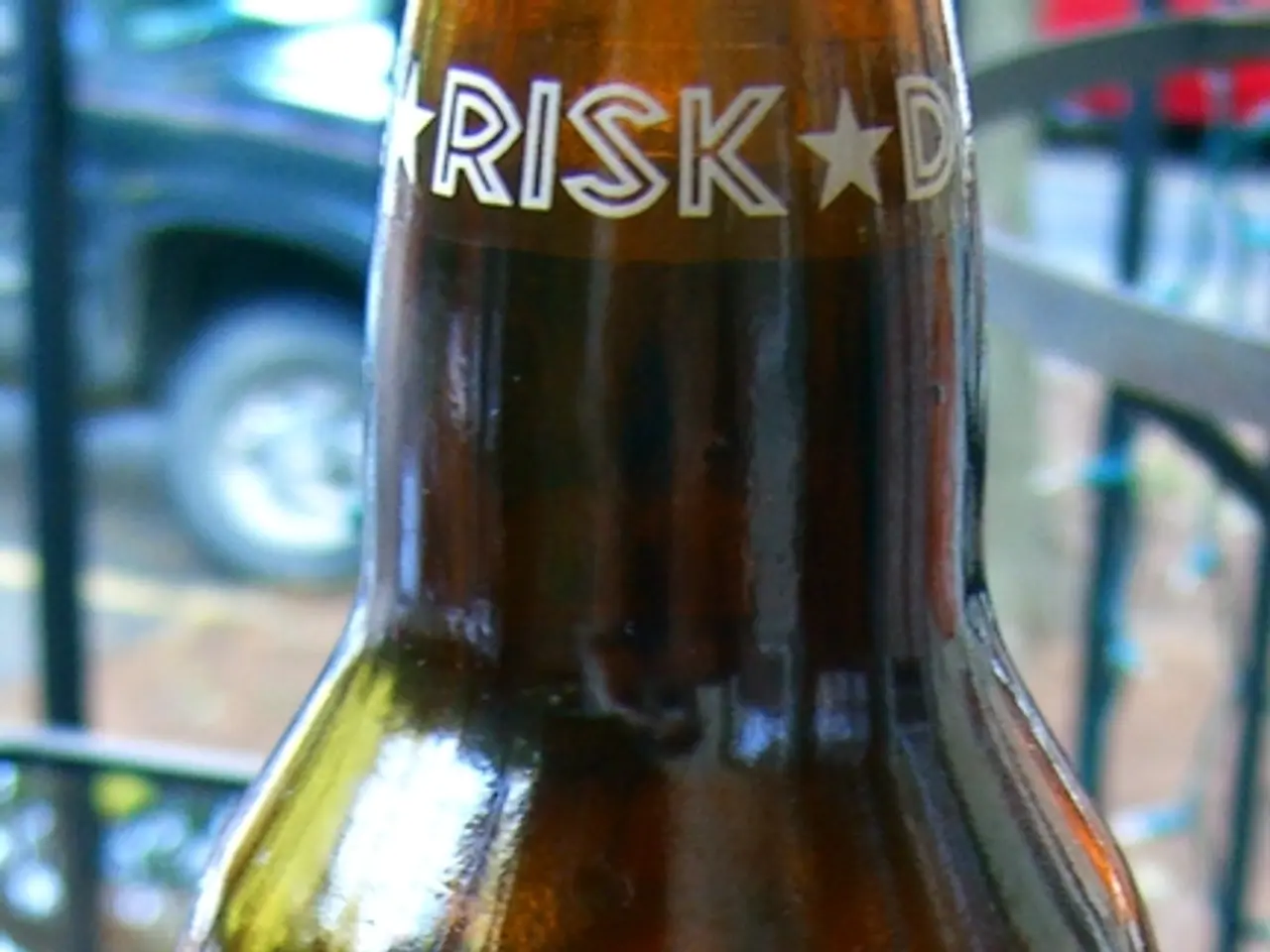Unraveling the Challenge: Perseverance on the Deadly Burmese Railway Construction
In the heart of World War II, a remarkable Dutch physician named Dr. Henri Hekking played a pivotal role in the nutrition and medical care of prisoners labouring on the construction of the Burma-Siam Railway. Forced into service by the Japanese, Hekking was among thousands of prisoners of war (POWs) who endured the harsh conditions of the railway's construction.
Born and raised in Java (now Indonesia), Hekking's grandmother was a master herbalist, a fact that would later prove invaluable in his work on the railway. His key contributions were focused on providing medical care under challenging circumstances, often with limited resources, and improving the POWs' nutrition.
Hekking's medical care was critical during the dire times. He treated various illnesses and injuries with makeshift treatments due to the lack of proper medical supplies. He also offered nutritional advice, emphasising the importance of using available resources to supplement diets, such as wild foods or scraps when possible.
Beyond his medical expertise, Hekking provided psychological support to fellow prisoners, helping maintain morale in the face of extreme hardship. His efforts, along with those of other POWs, were part of a broader effort to support each other during this period.
One of Hekking's most notable contributions was his innovative approach to improving the POWs' nutrition. He cooked water buffalo blood into their rice and made B vitamin-rich cakes from rice husks. His methods demonstrated that a lot can be accomplished with minimal resources, and the improved nutrition helped the POWs stay alive and avoid tropical infections.
Despite the poor living conditions and lack of medical supplies, Hekking managed to keep his losses to just 7% of the 194 men in his camp. This is significantly lower than the overall POW death rate, a testament to Hekking's unconventional treatments and hacked solutions.
James "Packrat" McCone, a fellow POW, even fashioned a needle for sutures from a scrounged safety pin for Hekking. Another POW in another camp even made a chisel-like instrument from scrap metal for Hekking.
Hekking's conviction that the cure for any endemic disease can be found in the plants in the area was evident in his work. He realised that the starvation rations of the POWs were causing nutritional diseases like beriberi and pellagra. Hekking's knowledge and resourcefulness were indeed more valuable than having a lot of stuff.
The Burma Death Railway, as it is known, is a testament to the hardships faced by the prisoners who built it. Amidst the miserable treatment, Hekking did everything he could to help his fellow POWs. He was drawn to the American prisoners in the camp, performing no amputations on the POWs under his care.
Hekking's contributions to the survival and well-being of his fellow prisoners are acknowledged as part of the broader narrative of medical care and resilience during the construction of the Burma-Siam Railway. His legacy serves as a reminder of the power of knowledge, resourcefulness, and determination in the face of adversity.
In the spirit of innovation, Dr. Hekking, a master of improvised solutions, prepared B vitamin-rich cakes from rice husks and even incorporated water buffalo blood into the prisoners' rice rations, showcasing how science and nutrition could help them survive in a harsh environment. His resourcefulness extended beyond medical care, as he fashioned psychological support to boost the morale of his fellow prisoners, navigating the challenging field of health-and-wellness under adverse conditions. In the world of space-and-astronomy, Hekking's approach can be likened to a rover exploring Mars with limited resources, demonstrating that with ingenuity and determination, even medical-conditions and fitness-and-exercise can be addressed, fostering a remarkable resilience.
